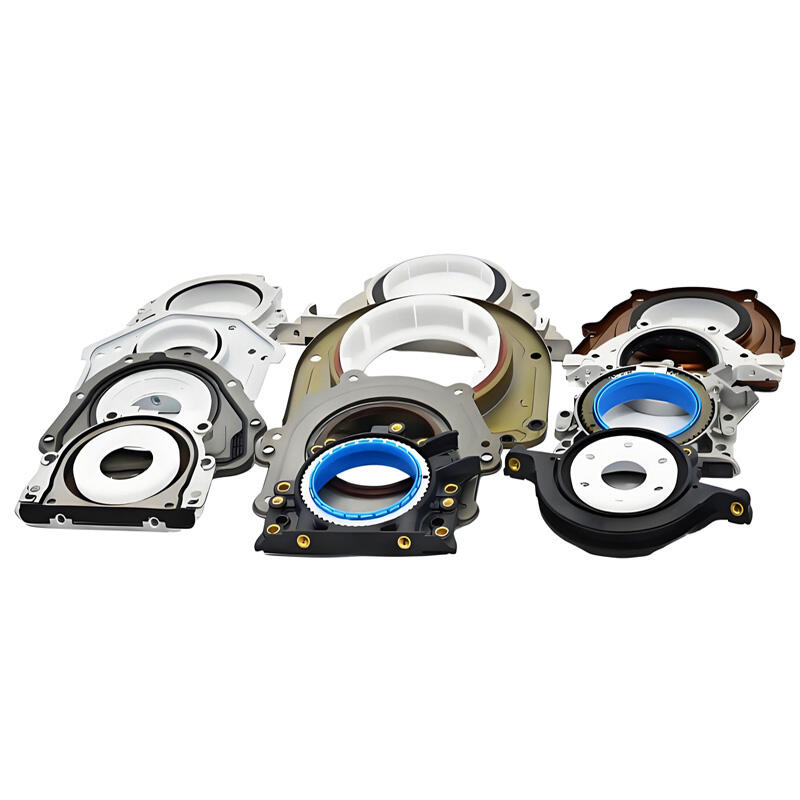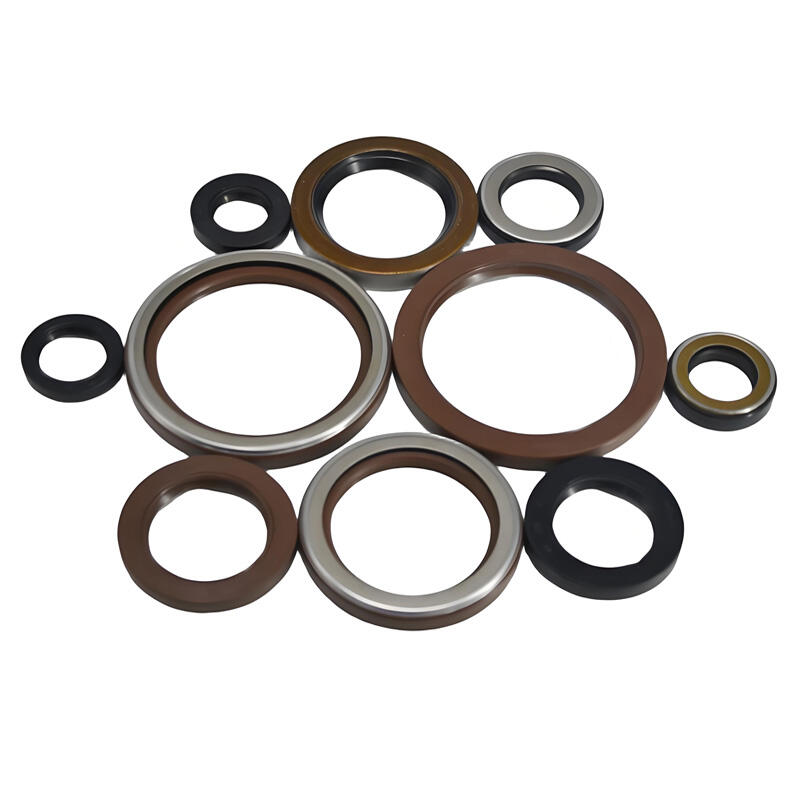valve oil seal
A valve oil seal is a crucial mechanical component designed to prevent oil leakage and maintain proper lubrication in various valve systems. These specialized seals are engineered to withstand high temperatures, pressure variations, and continuous mechanical stress while ensuring optimal valve operation. The primary function of a valve oil seal is to create an effective barrier between moving parts, preventing oil from escaping the system and protecting against external contaminants. Manufactured using advanced materials such as nitrile rubber, fluorocarbon, or silicone, these seals offer exceptional chemical resistance and durability. The design typically incorporates a metal case that provides structural support and a flexible sealing lip that maintains constant contact with the valve stem. This configuration ensures consistent sealing performance across different operating conditions. Valve oil seals find extensive applications in automotive engines, industrial machinery, hydraulic systems, and power generation equipment. Their precision engineering allows for smooth valve operation while minimizing friction and wear, ultimately extending the lifespan of the entire valve assembly. Modern valve oil seals also feature innovative surface treatments and coating technologies that enhance their performance and reliability in demanding environments.


